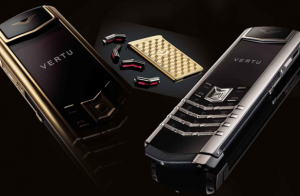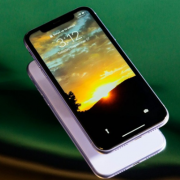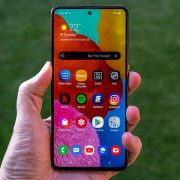If the iPhone never came, the nature of the mobile market has never changed, Vertu (and Nokia) is still going well.
In 2012, overwhelmed by the difficulties of parent company Nokia, Vertu was sold to a Nordic investment fund. In 2015, the fund sold Vertu to a Hong Kong-based company.
In 2017, Vertu returned to a Turkish family went bankrupt, the factory in England was closed. In all, in half a decade, Vertu was sold three times, and was “dead” once before returning to Aster P. Launched in 2018, this phone was initially only available in China.
 Where is the gloomy fate of Vertu? Of course, the answer could only be “for iPhone”. It was the killer of the parent company Nokia who also pushed Vertu into misery like today.
Where is the gloomy fate of Vertu? Of course, the answer could only be “for iPhone”. It was the killer of the parent company Nokia who also pushed Vertu into misery like today.
Why do you say that? Put yourself in front of 2007. Without the iPhone, the mobile market generally revolves around feature phones. Even BlackBerry or Symbian smartphones (Nokia, Sony Ericsson) also have the most important feature is … calling.
The mobile experience is generally boring and not really helpful. Users have every reason to put the luxury of Vertu above the smart features of its time. After all, isn’t it all without reason that Symbian, BBOS and Windows CE all die very quickly?
The arrival of the iPhone changed everything. Apple created such a shock that consumers across the globe have to look back at the position of the phone in their lives. Calling is no longer the most important feature for phone users – Internet, camera, video, digital music … are put on top.
The gap in experience between the “modern smartphone” and the feature phone is so great that, despite the price advantage, the feature phone is still dying, dying to make room for the smartphone.
At the very least, Nokia can fend off this trend through Symbian, via Windows Phone and even Android (Nokia X). But not Vertu. It took until 2013 for Vertu to have the first “modern smartphone” running Android. At $ 9600, Vertu Ti uses a 800 x 480 screen and a 1.7GHz dual-core Snapdragon S4 chip. Half a year earlier, the Galaxy S4 had a 5-inch Full HD screen and a quad-core Snapdragon 600 chip.




